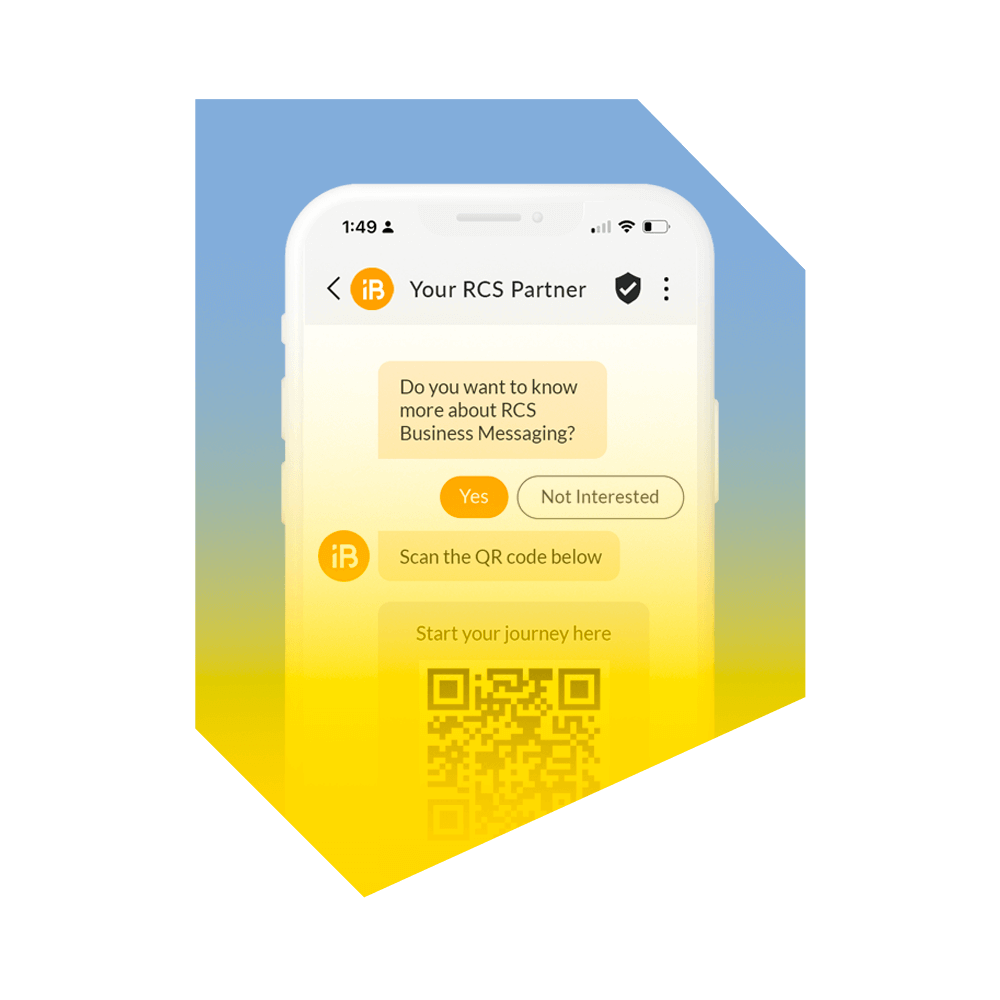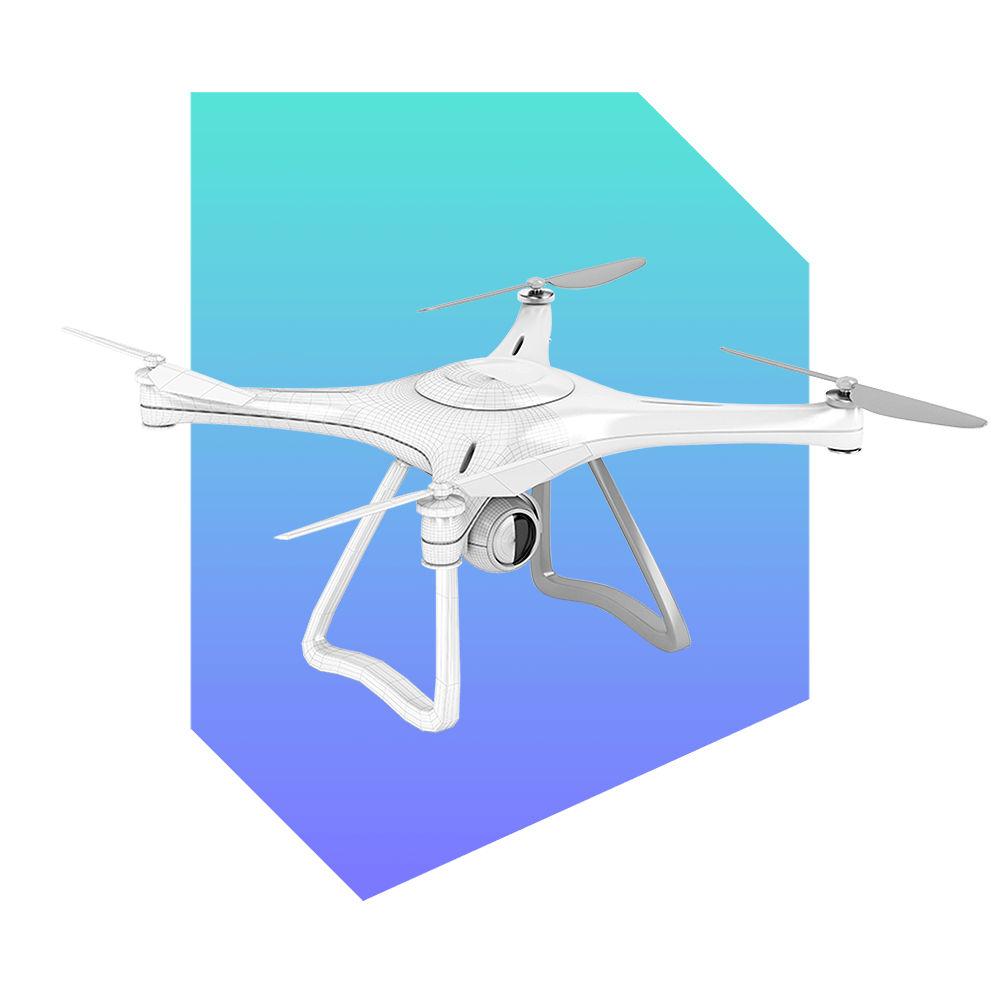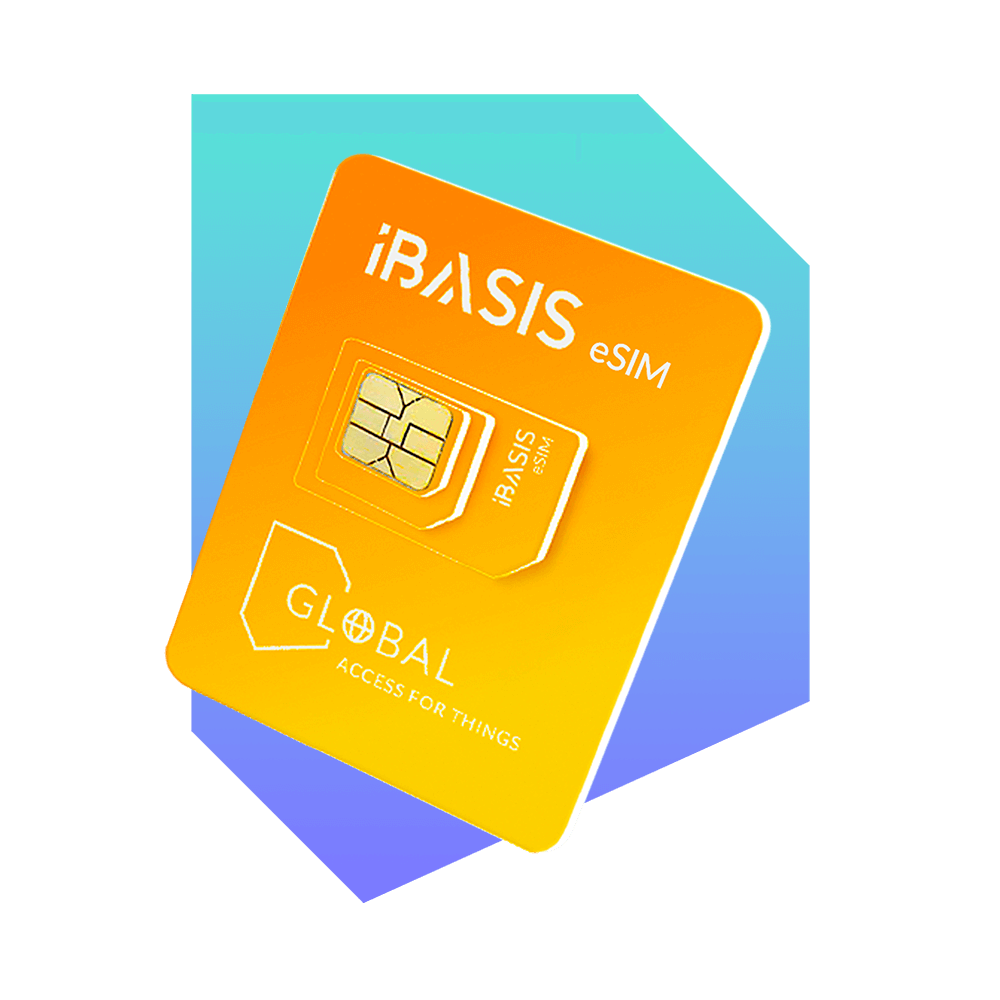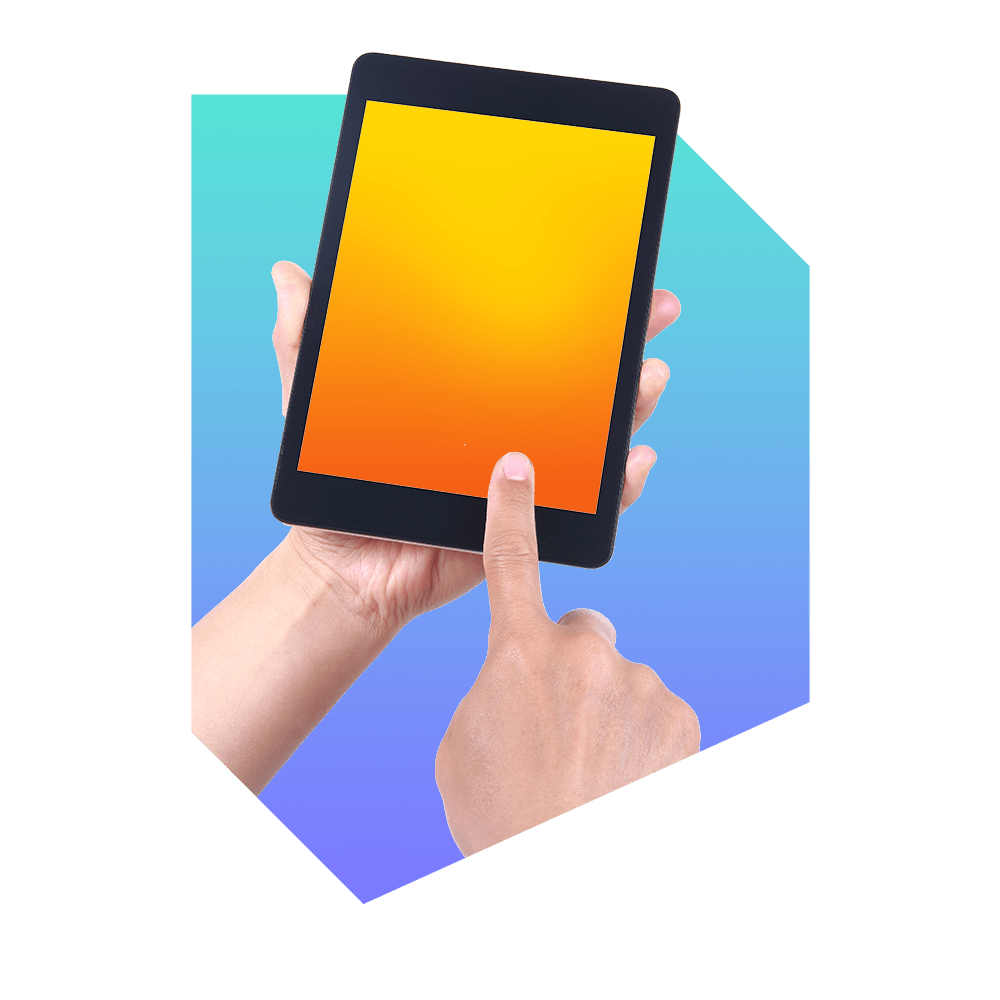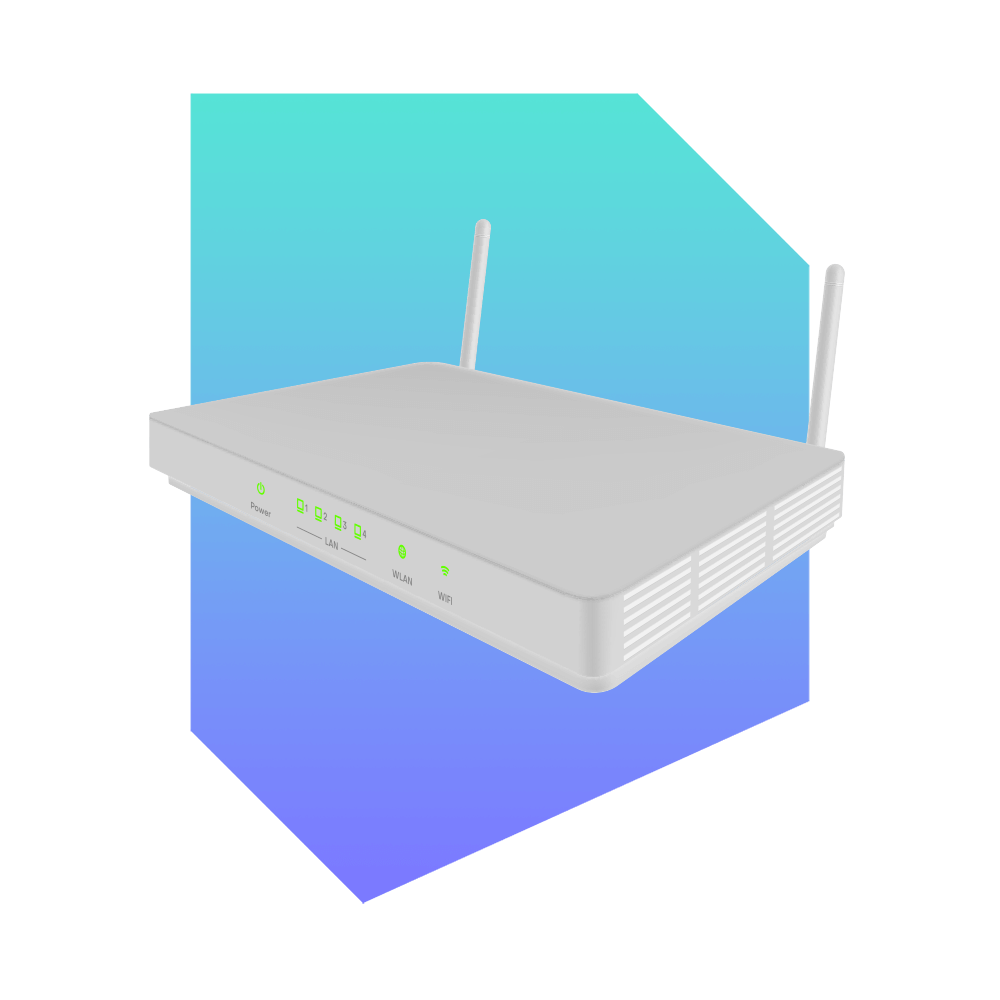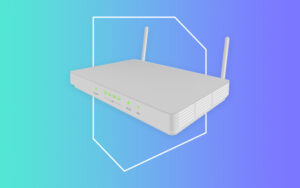
Mobile Network Operators (MNOs) are the owners of a key asset required to connect wide area high bandwidth Internet of Things (IoT) devices – the Mobile Network. In these still early days of the Internet of Things, many MNOs are developing their business plans on how to address the IoT opportunity, while others have been working on their plans and services for more than seven years. For all, the Internet of Things represents an opportunity and a challenge.
The Opportunity
MNOs have the opportunity to bring new revenue generating devices to their networks in multiple ways. Some have matured to the point of offering full IoT solutions such as vehicle solutions, asset management, and smarter cites, among others. Others have taken a different approach and offer web based ordering of IoT SIMs to allow developers and manufacturers to purchase mobile data access for their “things”. Still others will work with systems integrators and innovative access partners to bring IoT devices to their network. Regardless of the approach, if the Fourth Industrial Revolution has anything to say about it, one would expect all MNOs will have IoT devices on their network before long – at least the ones they know about!
The Challenge
Today, MNOs face many challenges both in allowing IoT devices of their roaming partners to roam on their network and in offering their own IoT services. To be sure, when MNOs allow IoT devices on their networks, they prefer to allow them on their own terms. Currently, this is not the case, and many MNOs have IoT devices roaming on their networks they don’t even know about.
Challenges with IoT Roaming Devices
Roaming agreements between mobile operators are negotiated based on the device profile for a consumer mobile handset. Since the device profile for an IoT device is very different, with most devices using very little data, the MNO is not sufficiently compensated for the device roaming on their network. To make matters worse, the device is usually a “globally deployed” device from an IoT manufacturer in a different region or country and the device is actually a “permanently roaming” device.
To solve this problem, MNOs would like to have partners that could at least identify the IMSI ranges of IoT devices entering their network and have agreements in place to be properly compensated for the network usage (e.g. when it is not in the form of data). As the next generation SIM technology, the embedded SIM (eSIM) or eUICC, gains wider use, MNOs could work with innovative access partners to easily identify IoT devices on their network and have the correct agreements in place to be compensated for them. With such a solution, MNOs will have better control over IoT devices entering their networks and prevent those devices from permanently roaming.
MNO Challenges in offering their own IoT Services
When offering or considering offering their own IoT services, MNOs have a different set of challenges:
• Providing proper coverage assurance
• Roaming bill shock when sending traffic to roaming partners
• Inability to guarantee connectivity and user experience of traffic from a partner network
• Competition for the same customer (the IoT Service Provider)
While some IoT devices only communicate sporadically (e.g. luggage tracker), others may send significant amounts of data frequently (e.g. video surveillance drone, connected car). When relying completely on roaming agreements for devices that leave an MNO’s network, it may be difficult to assure the necessary cost, coverage technology (3G or 4G) or application/user experience most suitable for a particular IoT device. Using eSIM and next generation network selection technology, a local network can be selected according to the cost, network coverage and quality required by a particular device – functionality that is not available in traditional steering of roaming solutions. Providing high quality mobile data access for their customers globally deployed or travelling “things”, will allow MNOs to compete for, and retain, IoT Service Provider customers.


















